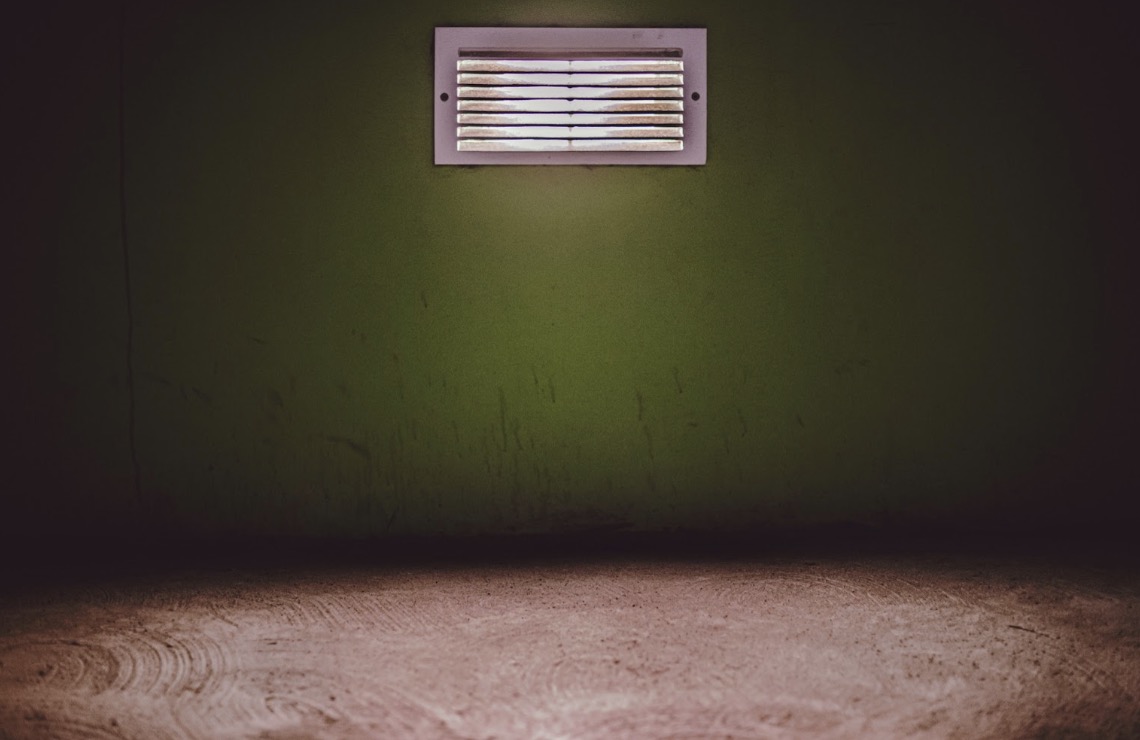Your home interior should be your safe space, where you and your loved ones can enjoy good health. Believe it or not, poor air quality is one of the main impediments to good health at home. Indoor air pollution has been linked to various health issues, including cancer, heart disease, respiratory issues, headache, dizziness, and fatigue, to mention a few. Optimum air quality in your home is a must if you want to raise a healthy family. And the first step to achieving it is identifying the key pollutants. So, here are six common causes of air pollution within your home.
Story Stages
1. Floor rugs and carpets
Floor rugs and carpets are the most overlooked air pollutants within the home. Carpets act like traps capturing pollens, allergens, particulates from smoke, and other harmful substances. Aside from that, they also absorb mold spores very easily while allowing some toxic gases to settle on them. And all these can act as indoor air pollutants easily dispersed by footsteps. Cleaning your carpets and floor rugs is the best way to prevent them from polluting the air. Ideally, it would help if you vacuumed or cleaned them at least once every 12 months.
2. Volatile organic compounds
Volatile organic compounds (VOCs) are emitted gases from certain solids or liquids. They are a large group of compounds found in many products you use to maintain and improve your home. Paints, aerosol sprays, disinfectants, antiseptics, cleansers, and wood preservatives are all known to emit VOCs. These chemicals can become airborne at room temperature, interacting with other chemicals or working alone to degrade your home’s indoor air quality. The longer you’re exposed to these chemicals, the more damage they do to your health.
3. Carbon monoxide
Carbon monoxide in your home is usually generated by fuel-burning appliances such as your furnace, water heater, clothes dryer, boiler, grill, generator, gas stove, and oven. While such appliances may not pose significant health issues with proper ventilation, they can be very dangerous in winter months. For instance, The case of carbon monoxide leakage is critical and involves a problem with your heater and other appliances. If you don’t know that your heater is leaking, you might not even know it. Carbon monoxide is a hazardous gas. When inhaled, it can be fatal. It is colorless, odorless, and tasteless. Carbon monoxide poisoning and death are very common. And in a modern home, it’s almost impossible to function without any of the appliances that emit carbon monoxide. So an alternative way to avoid the health risks of monoxide poisoning is to install a carbon monoxide detector to monitor your exposure to this gas. You can also find ways to use your appliances more safely, so keep this in mind.
4. Tobacco smoke
According to research, second-hand and environmental tobacco smoke cause more than 480,000 deaths yearly in the US alone. If you have kids at home, the inhalation of cigarette smoke can be particularly harmful to them. Studies show that it can cause acute respiratory infections, ear problems, severe asthma, and increase the risk of sudden infant death syndrome.
Beyond these health implications, cigarette smoke pollutes the air strongly as it contains chemicals known as carcinogens that can cause cancer. Tobacco can also leave an unpleasant smell in your indoor space. An ideal solution is quitting smoking or using alternatives like Delta 8 vapes, which usually don’t produce strong odors.
5. Dust
In most cases, dust is unavoidable. While it may appear harmless, it usually contains pollens and particulate matter that can trigger respiratory allergens in some people. The more dust you have in your home, the poorer your indoor air quality will become. The only way to prevent dust from polluting the air is to clean regularly and prevent clutter. And the fact that you cannot see any dust does not mean it isn’t present or not causing harm. That’s why it’s important to re-organize your living space as often as possible. For example, you can reshuffle your furniture pieces or move them around once in a while. Doing this can help prevent dust build-up for too long, as you’ll be able clean otherwise unreachable areas in your home.
6. Improper ventilation

One of the most common factors that affect indoor air quality is poor ventilation. Ventilation is responsible for keeping your indoor air fresh by exchanging it with outdoor air. It ensures that your indoor air doesn’t end up stale by bringing in sufficient air from outside. Improper ventilation makes this exchange impossible, leaving you with stale and unhealthy air. And this only gets worse with time when different odors in your home add to it. That is why it’s important to open your windows as often as possible during the day.
